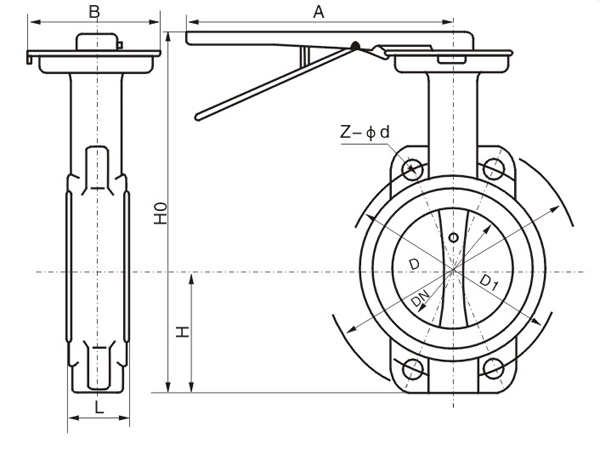نويابىر . 28, 2024 06:19 Back to list
Essential Tools for Accurate Metal Measurement and Precision Crafting
Understanding Metal Measuring Tools Essential Instruments for Precision
In the world of manufacturing, engineering, and construction, precision is key. Whether you're crafting intricate components or building large structures, accurate measurements are crucial. One subset of tools that stand out in this regard is metal measuring tools. These instruments, designed specifically for measuring metal materials, ensure that engineers and craftsmen can achieve the exact dimensions and tolerances required for their projects.
Metal measuring tools come in various forms, each designed to serve a specific purpose. Among the most commonly used tools are calipers, micrometers, and gauges. Each of these tools has unique features that cater to different measuring needs.
Calipers
Calipers are versatile measuring tools used to measure the dimensions of an object, including its diameter, width, and depth. They can be found in various types, including vernier calipers, digital calipers, and dial calipers. Vernier calipers are known for their accuracy and can measure both internal and external dimensions. The digital version provides easy readings with a digital display, eliminating the risk of human error associated with reading scales. Calipers can measure with a high degree of accuracy, often to a thousandth of an inch or a millimeter, making them invaluable for precision tasks.
Micrometers
Micrometers are another essential tool in the realm of metal measuring. These precision instruments are specifically designed to measure small distances with remarkable accuracy. Commonly used in mechanical engineering, micrometers can measure thickness, outside diameter, and inside diameter. The most common type is the outside micrometer, which measures the outside dimensions of an object. The micrometer’s design allows for measurements as precise as one-thousandth of an inch (0.001 inches) or even finer. Utilizing a micrometer requires a steady hand and a good eye, as the readings are taken from a calibrated scale and a rotating thimble.
metal measuring tools

Gauges
Gauges, such as feeler gauges and thickness gauges, also play a significant role in the measurement of metal. Feeler gauges consist of a series of thin metal blades of varying thicknesses and are used to measure gaps or clearances between components. Thickness gauges measure the thickness of materials, such as sheet metal or coatings. These tools are crucial in applications where material thickness directly affects functionality and safety.
Importance of Calibration and Maintenance
Proper calibration and maintenance of metal measuring tools are vital to ensure accuracy. Regular checks and adjustments help to avoid drift, which can occur over time due to wear and environmental factors. Users should also be aware of the correct handling practices to prevent damage to the tools, as even a small scratch or dent can lead to significant inaccuracies.
Conclusion
Metal measuring tools are indispensable in industries that demand precision. As technology evolves, so do these tools, with innovations such as digital displays and enhanced materials that improve accuracy and ease of use. By understanding the various types of metal measuring tools available, professionals can choose the right instrument for their specific needs, ensuring the quality and integrity of their work. In a field where every measurement counts, investing in high-quality measuring tools is essential for success.
-
thread-plug-gauge-our-promise-of-measurement-excellenceNewsAug.22,2025
-
gauge-pin-class-reflecting-quality-legacyNewsAug.22,2025
-
check-valve-types-for-high-rise-buildingsNewsAug.22,2025
-
water-control-valve-for-irrigation-systemsNewsAug.22,2025
-
gate-valve-with-soft-seal-technologyNewsAug.22,2025
-
y-type-strainer-for-oil-and-gas-applicationsNewsAug.22,2025
Related PRODUCTS









